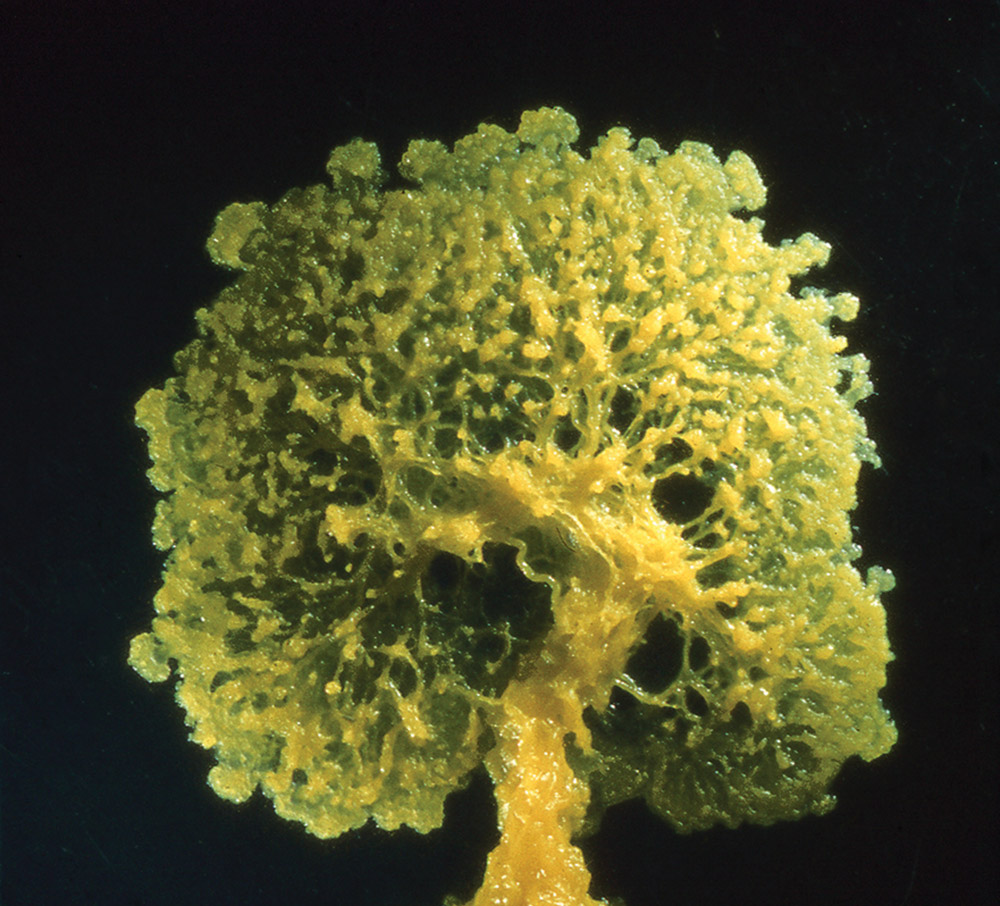In October, the Paris Zoological Park caused a stir when displaying the slime mold Physarum polycephalum. Reminiscent of the 1958 horror film The Blob, the mysterious substance — not a plant, an animal, or a fungus — caught the attention of national news outlets for its reportedly “smart” behaviors, such as movement and an ability to learn, despite its lack of a brain. One news outlet, Wired, spoke with UW botany professor Anne Pringle about the organism.
Pringle, who has helped shed light on some of P. polycephalum’s behaviors in past research, tells On Wisconsin that she wasn’t surprised by the news coverage and widespread interest. There’s still a lot to learn about slime molds and their biodiversity, she says, and P. polycephalum challenges human ways of thinking. “The words ‘intelligence’ and ‘memory’ are very human words,” she says. “I think we could be more creative about how we think about other creatures.”
Published in the Summer 2020 issue




Comments
No comments posted yet.